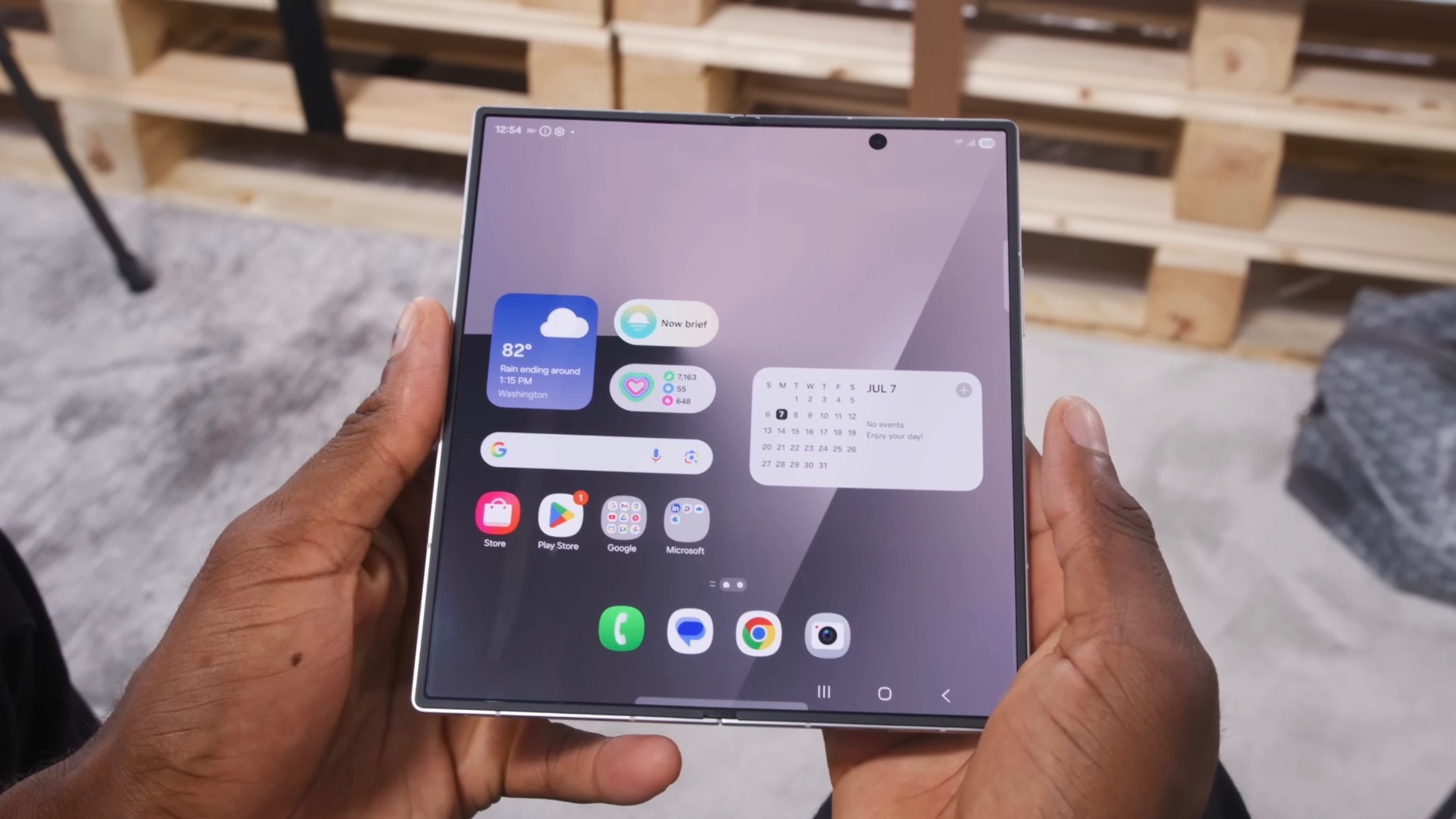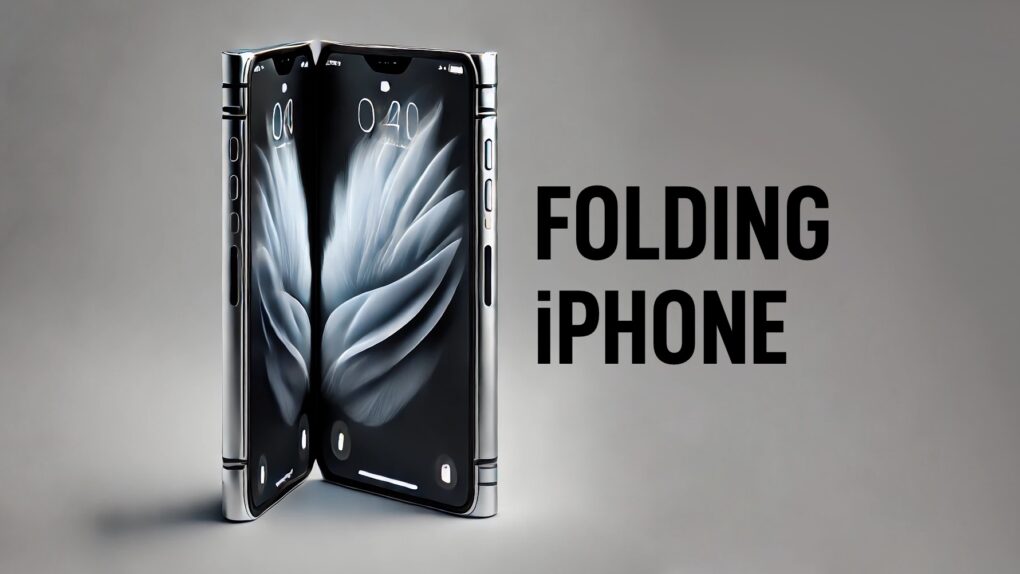The folding iPhone rumored to arrive in 2026 might mark a major turning point for foldable devices. But to pull that off, Apple’s first folding phone needs to do more than just look good — it needs to nail the fundamentals.
From durability and design to software and camera performance, here’s everything I want to see in the foldable iPhone.
What I want from Apple’s first foldable iPhone
Foldable Android smartphones have come a long way in the last few years. They are thinner than ever, feature improved durability and pack super-bright folding screens. Yet, they have failed to go mainstream.
While their steep $1,800-plus price tags are a key reason behind this, the folding phone segment needs a push. And that’s something only Apple can provide.
A lot is riding on the foldable iPhone, especially since Apple missed the AI train. And with nearly every major smartphone brand already offering a solid foldable, Apple will be joining the game late, facing stiff competition right from the start.
To become a game-changer like the iPhone X in 2017, Apple’s first foldable iPhone needs to stand out from the crowd. Here’s what the folding iPhone needs to excel.
- Thin, light and durable
- iPad power on a folding iPhone screen
- Flagship cameras or bust
- Endurance to match the experience
Thin, light and durable

Photo: Marques Brownlee
Apple can’t just glue two iPhone 16 Pros together and call it a folding iPhone. It must make the device thin and light to ensure it’s easy to carry around. While a few extra grams or an extra millimeter of thickness might go unnoticed on a slab phone, they make a big difference on a folding phone.
In a folded state, the foldable iPhone should be just a wee bit thicker than the 8.25 mm iPhone 16 Pro Max. And it should be as light — if not lighter — than it.
Samsung’s recently unveiled Galaxy Z Fold 7 feels like a different device from its predecessor because it’s slimmer and lighter. It measures 8.9 mm thick in a folded state, down from the 12.1 mm Z Fold 6.
The foldable iPhone should aim for a similar thinness; it can’t go any thinner due to the USB-C port.
Apple will likely need to make major design changes to pull this off, both inside and outside. The upcoming iPhone 17 Air could be a step in that direction, with a rumored thickness of 5.5 mm.
Beyond thinness, the foldable iPhone also needs to be lightweight. Samsung’s Galaxy Z Fold 7 weighs just 215 grams — lighter than the iPhone 16 Pro Max, which comes in at 227 grams. This is not just about a few grams; it makes a big difference in daily use.
With Oppo, Honor and Samsung launching ultra-slim, book-style foldables, Apple can’t falter in this area.
Besides being thin and light, Apple also needs to make the foldable iPhone durable. This remains a big concern with foldables, as none currently offer an IP68 dust- and water-resistant rating. Some devices, like the Google Pixel 9 Pro Fold, carry an IPX8 rating, while the Galaxy Z Fold 7 is IP48-certified.
Considering iPhones have featured an IP68 rating for years, anything less on the foldable iPhone would feel like a step backward.
iPad power on a folding iPhone screen

Photo: Ian Fuchs/Cult of Mac
Reports suggest iOS 27 will focus on features specific to the foldable iPhone. This seems necessary, as Apple cannot deliver the same old iOS experience on the folding phone’s big inner display.
Ideally, the foldable iPhone’s cover display should feel like using a regular iPhone. But when unfolded, the larger inner screen needs to offer an experience closer to using an iPad.
To achieve that, the foldable iPhone must seamlessly switch between iPhone- and iPad-optimized app layouts across its outer and inner displays. Apple already has one big advantage over other Android foldables here: a vast library of iPadOS-optimized apps.
Apple should also bring iPadOS 26‘s multitasking system to the foldable iPhone. A large inner display only makes sense if it can run two or three apps side by side. I don’t want a big screen to run blown-up iPhone apps. If the large inner screen only replicates the iPhone experience, that will undermine the device’s potential.
Just as with the 2017 iPhone X, Apple should rethink iOS to utilize the foldable iPhone to its full potential.
Besides an improved multitasking experience on the bigger screen, the foldable iPhone should offer support for Apple Pencil, the stylus that currently only works with iPads. It’s not a must-have, but it would be a valuable addition for users who want to sketch, annotate or take notes on the go.
Flagship cameras or bust

Photo: MKBHD
Nearly all Android foldables come with a weaker camera setup compared to their slab-style flagship counterparts. This is due to their super-thin designs, but there’s always room for improvement. And if there’s one company that can break this tradition, it’s Apple.
Like the current iPhone Pros, the first foldable iPhone should sport a 5x periscope shooter. It should also feature a 48MP primary and a 48MP ultrawide. These aren’t just specs on paper — they help deliver a consistent Pro-level photography experience, regardless of form factor.
Apple can’t take the rumored iPhone 17 Air approach by equipping the folding iPhone with only a single rear camera. Such a compromise would undermine the foldable iPhone’s flagship identity to a large extent.
The foldable iPhone must deliver the same imaging quality as its slab counterpart. If Apple’s foldable suffers from the same compromises as current-gen foldables, it will be hard to justify the company’s late entry into the market.
Endurance to match the experience

Photo: iFixit
Almost all Apple devices stand out for their outstanding battery life. The MacBook Air and MacBook Pro can last almost a day of continuous use on a full charge. Likewise, iPads can make it through a day of college with enough juice left in the tank to watch a movie later in the night.
iPhones, too, offer great battery life, with the iPhone 16e lasting significantly longer than any other model. And that’s despite it using a paltry 3,961mAh battery — significantly smaller than the 5,000mAh-plus cells most Android phones use.
A folding iPhone should last longer than an ordinary iPhone. It needs to deliver almost iPad-like battery life. That’s easier said than done, especially since Apple will also have to make the device thin and light. But then again, if there’s any company that can do this, it’s Apple.
The company can take its learnings from the popular iPhone 16e and the upcoming iPhone 17 Air and apply them to the folding iPhone. The combination of power-efficient components and a decent-size battery should enable the folding iPhone to last much longer than its rivals.
Samsung’s foldables suffer from poor battery life, with the OnePlus Open and Pixel 9 Pro Fold fairing better. Some Chinese foldables, like the Oppo Find N5 and Honor Magic V3, pack big silicon-carbon batteries, enabling them to offer longer runtime. But they are not available in the United States.
Apple’s first folding iPhone should land in the second half of 2026. By then, the foldable smartphone space will have evolved even further. To stand out, Apple will need to deliver more than just sleek hardware. With AI rapidly reshaping the way we interact with our devices, the foldable iPhone must blend cutting-edge design with meaningful software innovation to truly make a mark.


